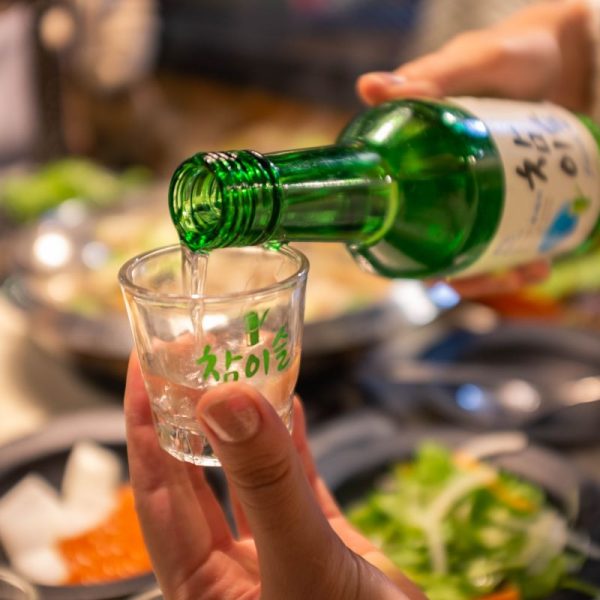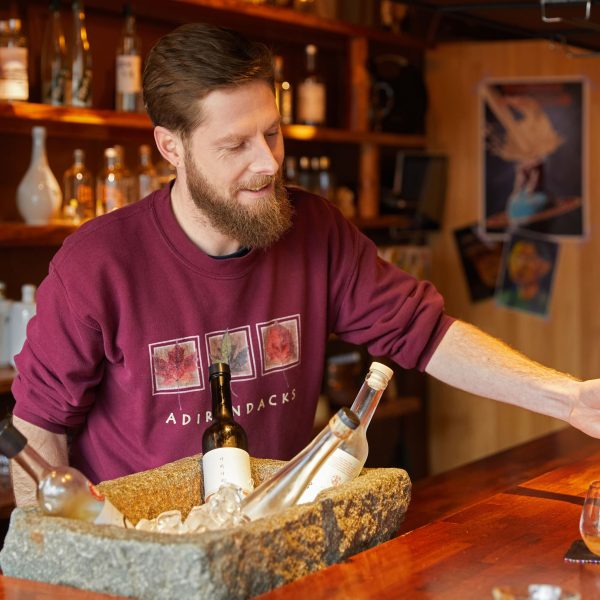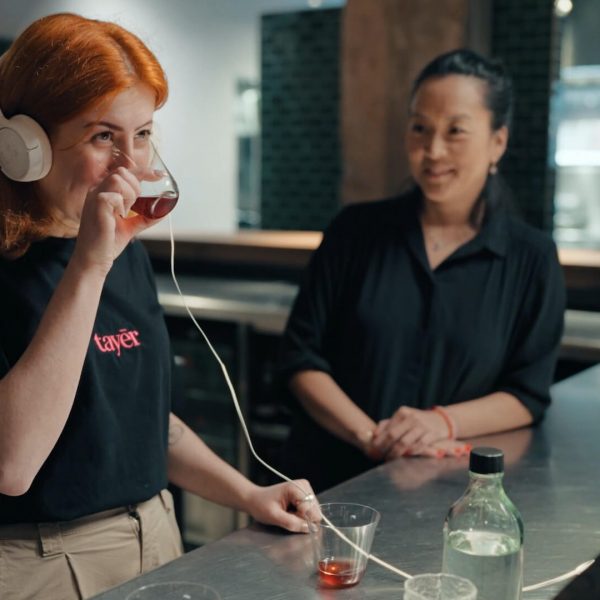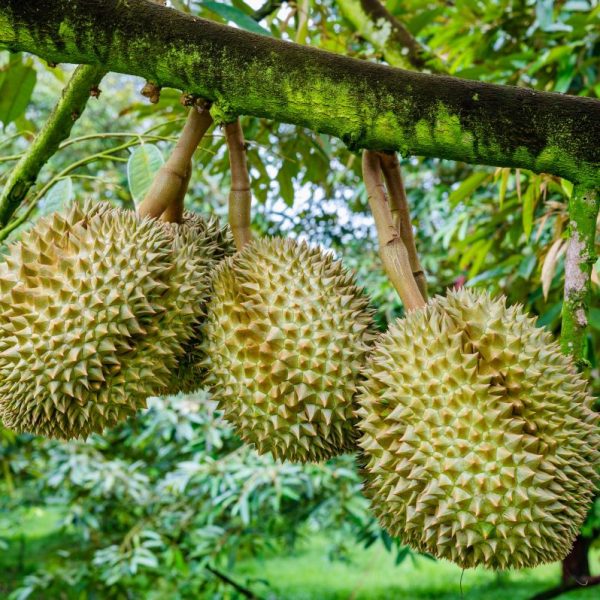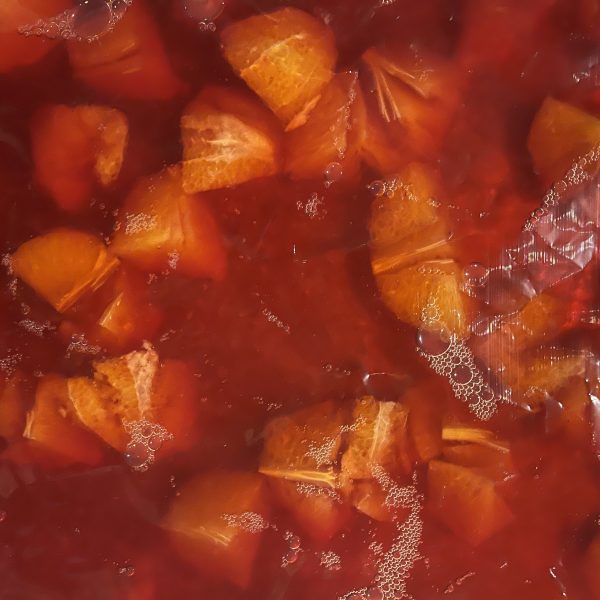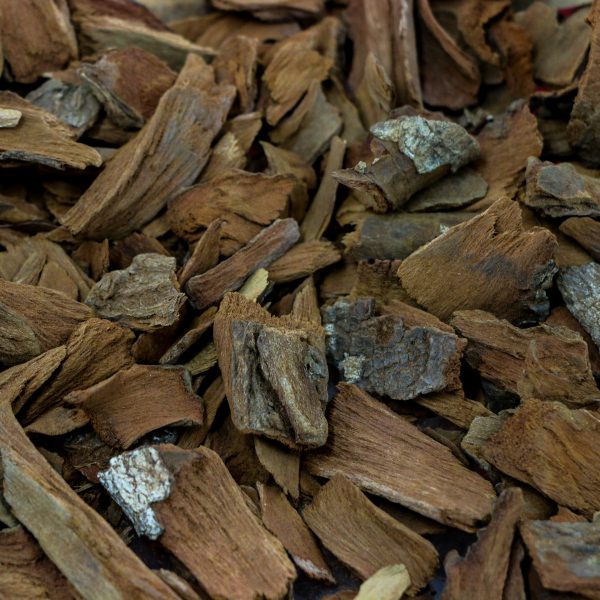Describe this flavour
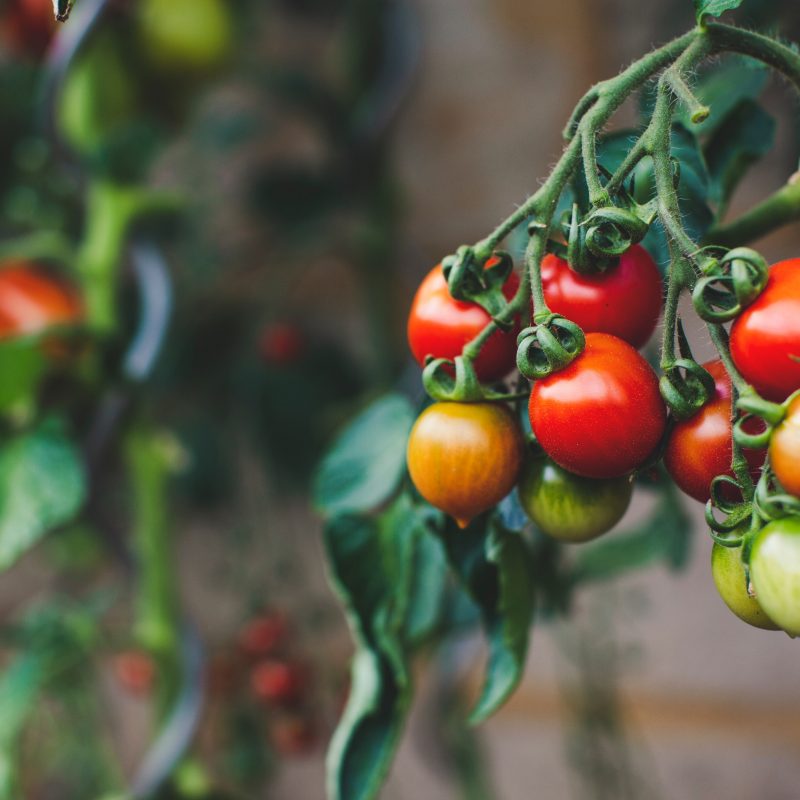
How do our sensory memories impact how we describe or perceive flavours? Millie Milliken asks four experts from around the world what ingredients they associate with common flavour descriptors
Where Georgia Georgakopoulou grew up in the mountainous region of Arcadia in Greece, she was surrounded by plum, pomegranate, pear and apple trees. In primary school, she would stamp on the grapes from the local vineyards to be turned into wine. Her family grew their own vegetables; and of course, they had olive trees. It rained – a lot – and the culture is still based on traditions that far outlive the advent of technology, all the way back to ancient times. Now, the bar manager of Athens’ The Clumsies brings these memories to her work: “My story before the industry is important to me – I haven’t let go or forgotten it.”



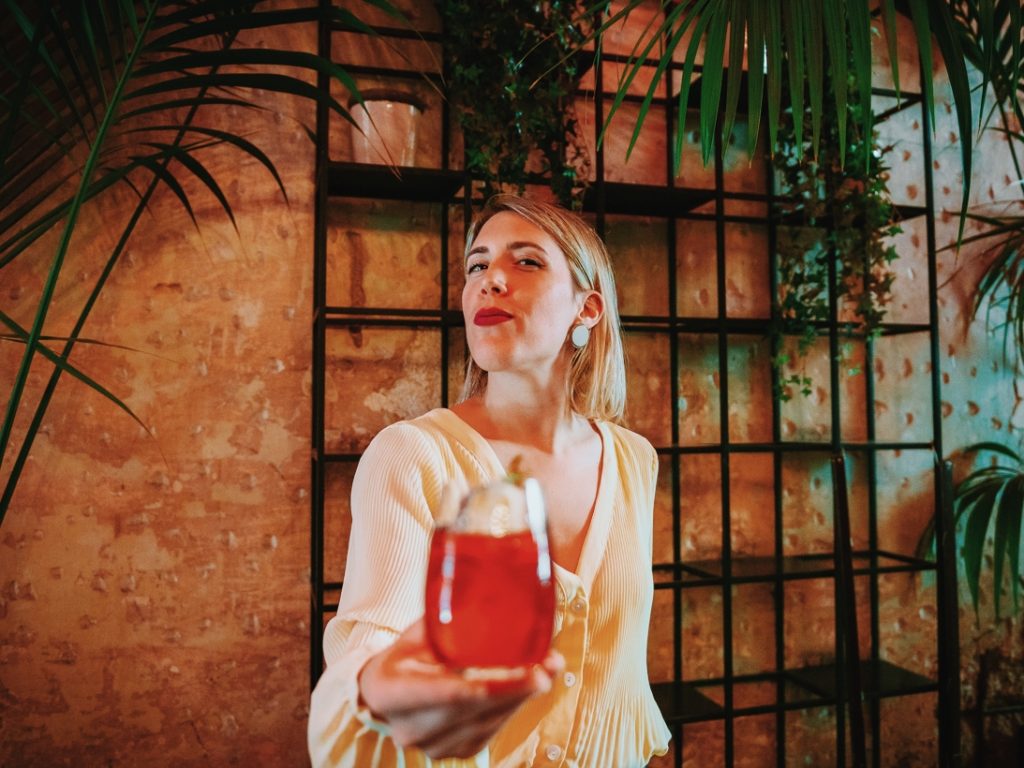
The smells and tastes of our lives play an intrinsic role in how we frame and describe ingredients. As bartenders who work in a global industry, showcasing flavours to guests in their bar from all over the world (and often traversing it in order to do so) how they present these flavours through drinks is a multi-layered, nuanced and complex challenge.
It is often tackled by using what are usually considered to be universal descriptors – floral, vegetal, tropical, for example. But how do the meanings of these words change based on our sense memories? “Describing drinks or writing a menu is so hard as you have to think behind the words – you have to think about the human beings that are your guests,” explains Georgakopoulou. “Depending on how we live and where we live, you have to go a step further.”
Sense, place, language
“I’ve lived a dual life, culture-wise,” says Hardeep Rehal, owner of Blume bar in Copenhagen and founder of Cocktail Solutions, collaborating with the likes of chefs, distillers and brewers to create custom cocktails, menus, products and events. He was born in the UK, moved to Denmark at a young age and grew up in an Indian home. “I’ve been exposed to two very different worlds – our relation to what food is and what taste is are two very different approaches… It’s been a very anthropological and interesting journey for me.”
Of his approach to learning more about Nordic ingredients, Rehal describes it as akin to learning a new language. “In the Nordics we have limited synonyms; if you go to India, for anything sensorial, language has a massive role to play,” he goes on to explain. “By explaining everything in English, we have to find this middle ground… Everything is essentially a story.”


Christina Veira, co-owner of Bar Mordecai in Toronto, also has a rich experience to pull from when it comes to her sensory memory. Her parents, both Jamaican, emigrated to Canada in the 1960s/70s, and while she grew up in a Caribbean household, the diversity surrounding her in Toronto saw her grow up with a multicultural experience (70% of people in her suburb hadn’t been born in Canada).
Looking locally, a lot of exotic flavours – mangoes and kiwis for example – are known more artificially, so Veira works more with layering fresh ingredients with barks, herbs and spices (taking the skills she learned growing up of cooking and baking) in order to create more of a mosaic of flavours, rather than showcasing one single ingredient.


Growing up in southern California, and with an Indigenous background, bartender-turned-writer and activist Chockie Tom has a vast pool of influences when it comes to her relationships with flavours, from Korean and Filipino, to Armenian and Mexican. “For me, growing up in that part of the world, with so many different types of flavour profiles and cuisines to pick from, has given me kind of an amazing reference point.”
For Tom, the concept of ‘land stewardship’ – where everything from the food you grow up with, to the house you build, and the land you live on is all interconnected – has been an important reference point for her explaining flavours.


So, how do the tastes and smells we are most familiar with impact how we describe flavour? We asked our four experts to explain what they associate with five different descriptors.
Floral
Perhaps one of the most used flavour descriptors used universally across cocktail menus, ‘floral’ is one of the more unifying of the terms presented to our four experts when it comes to ingredient associations. Georgakopoulou’s memory plays a large role in her interpretation: “The first thing that comes to mind from my childhood are roses and jasmine… Growing up we had rose geranium, and in spring really intense aromas of orange blossom.”
For Rehal, ‘floral’ isn’t just associated with flavour – in the Nordics we’re talking geranium, rosehip, jasmine, lavender – but also the style of the drink. “You can find floral notes in heavy drinks, but I’d expect it to be very bright and light, maybe in a highball, or a coupe – there are also floral notes in Champagne, and sparkling things.”
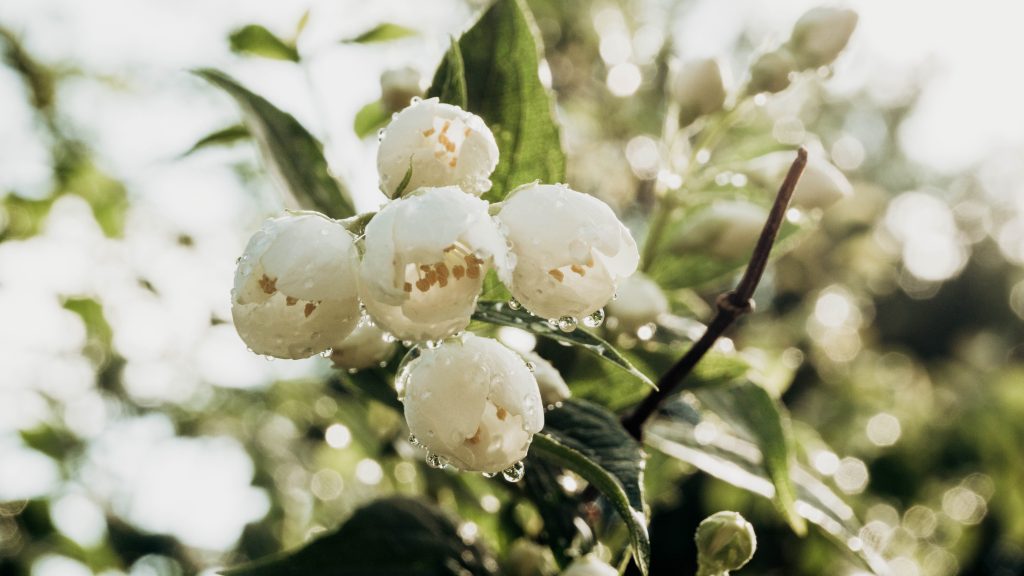
Veira takes a similar approach: “Sometimes ‘floral’ is almost more a perception of body or flavour intensity, so when I use ‘floral’ it won’t be a flavour bomb, it will be elegant.” She does tend to shy away from it as a descriptor though as flavours guests associate with it – violet, lavender – often don’t coincide with the ingredients Veira tends to lean towards – hibiscus, orange blossom, rose water.
Tom also adds another less obvious ingredient to the conversation – toasted coconut: “There’s something floral about that.”
She also points out that sometimes what’s associated with ‘floral’ in certain countries isn’t always the most accurate when it comes to that ingredient’s heritage. “You also have to take into account that people have moved places and brought things from different parts of the world; they bring in their outside ingredients, so that doesn’t necessarily mean it’s even accurate.”
Vegetal
As more and more bars lean towards savoury serves, the term ‘vegetal’ also becomes more widespread – but it isn’t always associated with just vegetables. “‘Vegetal’ would be where I’m thinking probably something greener – pepper, tomatoes, spinach, kale, could be onions,” says Veira, but she also sees fruits like gooseberries and herbs as ingredients that could be classed in the ‘vegetal’ camp.
Over in Greece and Georgakopoulou explains how, while more obvious things like cucumber, bell pepper, Greek olives and tomatoes are used in a lot of drinks, less likely flavours such as zucchini (courgette), potato skin and sweet potato might also be used in vegetal drinks.
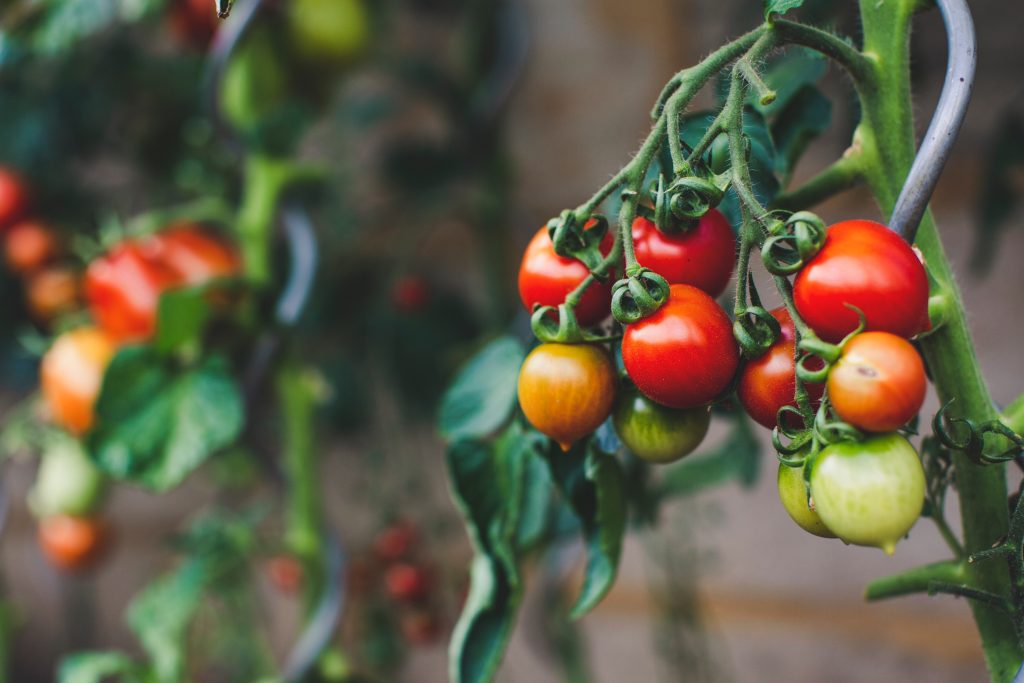
Rehal’s approach looks more at different stages of ingredients when it comes to ascertaining whether something is ‘vegetal’: “It could be something floral that has shifted, been cooked, turned brown or matured,” he explains. “The same thing that is floral in spring can be vegetal in autumn… It depends on its ripeness – it could be super floral and crisp at the beginning, but if you let it sit it can become more vegetal. It depends on where it is in its cycle.”
Forest
‘Forest’ is the descriptor that our experts all agree hugely depends on where you are when it comes to the flavours it’s associated with. “The forests that I would have in California, where my people come from, are going to be very different from the forests in Canada, or a rainforest in South America,” explains Tom.
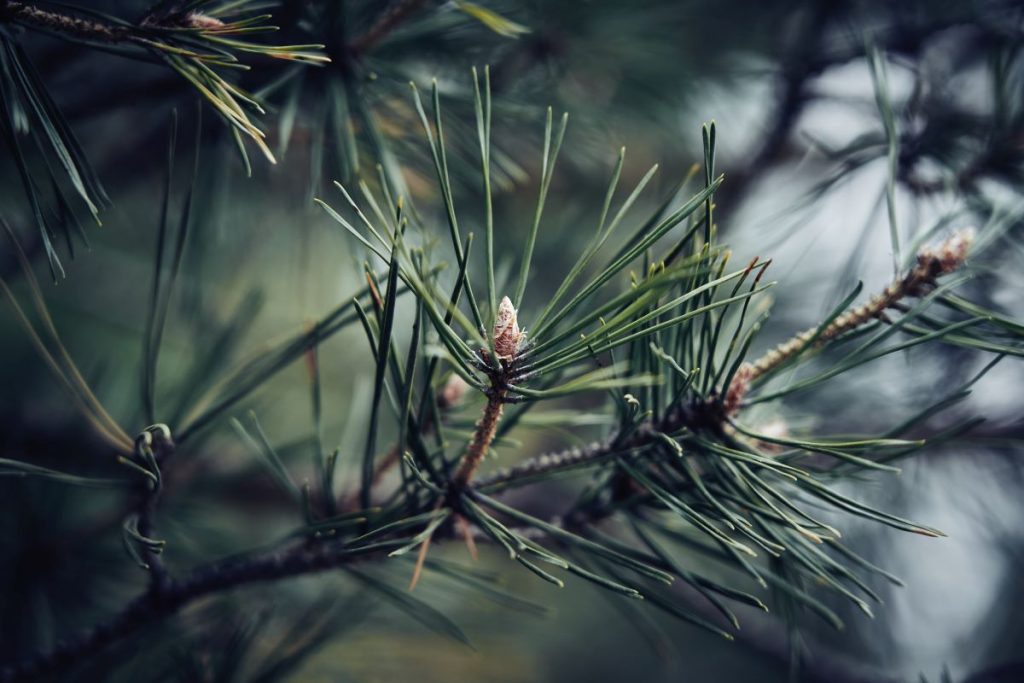
Pine, birch, moss, wild herbs, nettles and dandelions all come to mind for Rehal when he thinks about Nordic forests; yet someone more familiar with the rainforest would cite completely different ingredients. While ‘forest’ might give you more of a mood of a drink, he says, its vastness in meaning makes it far less precise than, say, ‘floral’.
“Mushroom and dirt and all of that damp mulch – wet and lush,” says Veira.
Mineral
Undoubtedly the most divisive for Tom, Veira, Georgakopoulou and Rehal is ‘mineral’ – a word you hear more when describing wine rather than cocktails, but one which conjures a vast and complex range of associations.
“I have a strong opinion on ‘mineral’,” says Rehal. “There are controversies around minerality scientifically as it isn’t something you can taste on its own, but we can perceive a mouthfeel… I would see minerality if you’re new to it as salty, but also dry, associated with calcium which exists in egg and oyster shells (calcium has a drying effect on your mouth) … It would lead me to chalk and also stones – limestone, rocks, asphalt.”
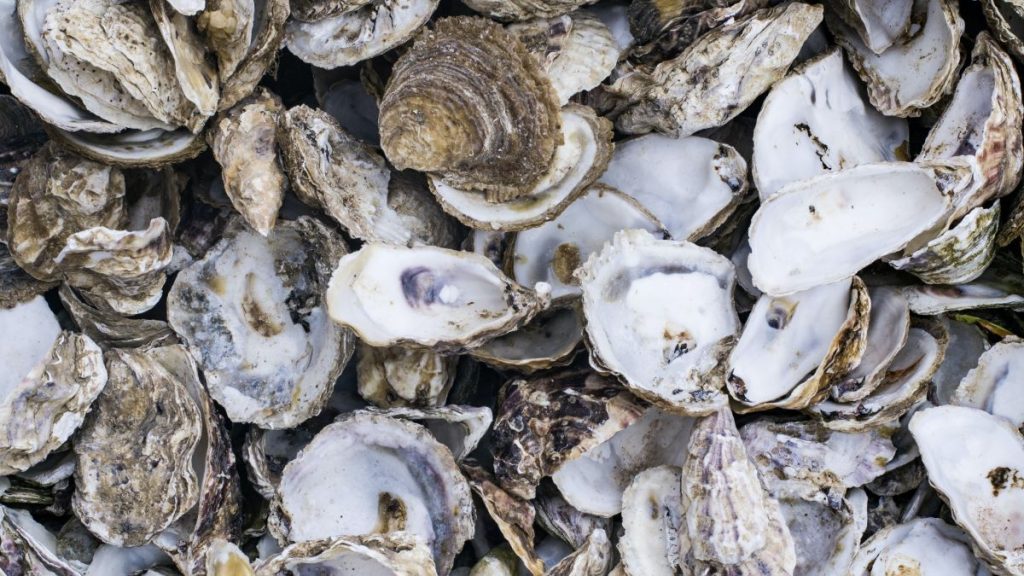
Veira doesn’t use it much to describe cocktails either, but likens it to “salinity but with a much lower threshold, a lighter version of herbaciousness”.
For Tom, it all starts with water: “Being a fan of sparkling water, I’m interested in the differences between, like, Topo Chico and Scottish mineral water. Again, it’s tied into the land and what might be a mineral for me in Nevada would be different from somewhere in the UK.”
Maritime
Finally, ‘maritime’ is arguably the most unifying of the descriptors. “It’s probably the only one that’s the easiest to communicate,” says Tom, “because you’re going to get salinity and seaweed; you’re going get like that fresh, kind of like, sea air.”
These are indeed the common themes that spring to mind for our experts. In Greece, Georgakopoulou speaks of saltiness, seaweed, and the texture of eating mussels when it comes to ‘maritime’.
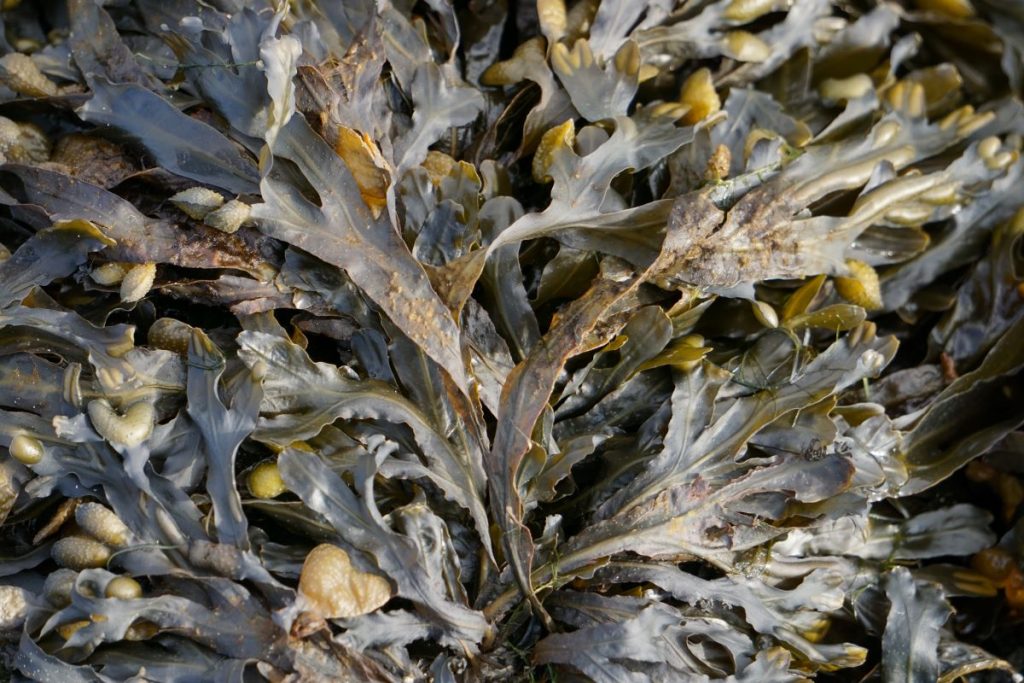
Rehal’s first thoughts also lean towards sea-related things (including seaweed and sea herbs), but specifically seafood-related ingredients like oyster shell and oyster powder. ‘Maritime’ also means texture: “I would work with saline and saltiness which does effect mouthfeel.”
Veira has a slightly different take on it, looking more at ingredients more directly related to rainy, coast-line ingredients, like fish, potatoes, and something smoky.

